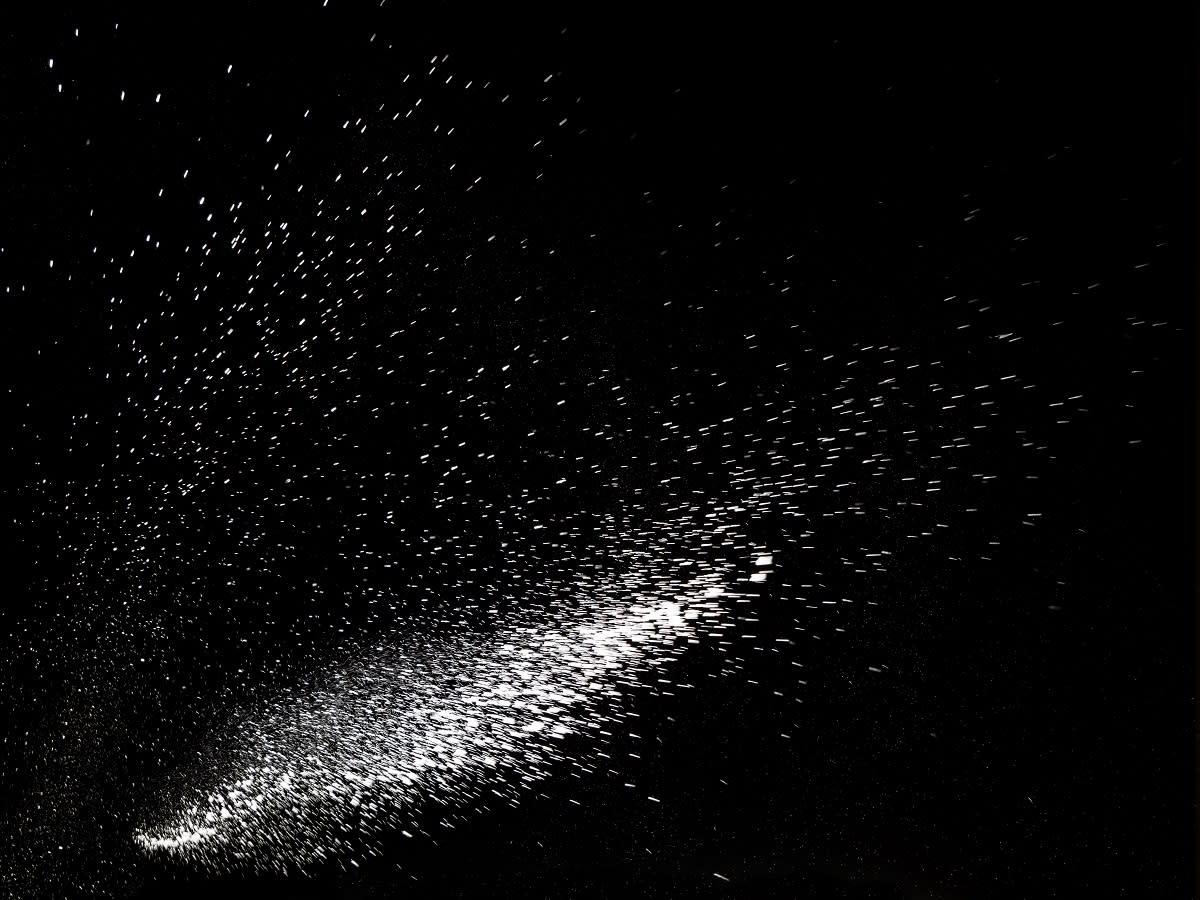Life Spreads Through Universe in Cosmic Dust, Paper Suggests

- Oops!Something went wrong.Please try again later.
Star Stuff
Acclaimed astronomer Carl Sagan may have been more right than he knew when he famously quipped that "we are made of star stuff."
In a not-yet-peer-reviewed academic paper, Georgian Free University of Tbilisi astrophysicist Z.N. Osmanov offers a fresh look at an established theory: that life on Earth, and potentially elsewhere in the cosmos, is the result of the same sort of tiny particles that create stars and planets.
If that's true, as Osmanov claims, there may be more planets containing this life-breathing star stuff than we could possibly imagine.
Across the Universe
Known as "panspermia," the concept denotes — as the "sperm" in its name suggests — that the seeds of life can make their way between worlds, perhaps on asteroids or comets.
In his paper, Osmanov, who is associated with the Search for Extraterrestrial Intelligence (SETI) Institute, takes the theoretical concept a step further. Using the philosophical equation formulated by famed astrobiologist Frank Drake, he posits that there is an exponentially huge number of planets that could contain the seeds of life: a number to "the order of 3×107."
"This value is so huge that if dust particles can travel a distance of the order of several hundred light years, one can conclude that the [Milky Way], with a diameter of 100,000 light-years, should be full of complex molecules distributed throughout the whole galaxy," he wrote.
The Life Cosmic
Life-containing dust could, Osmanov continues, travel "by means of the solar radiation pressure," and per his theory, those "small dust grains containing live organisms [could] travel to the nearest solar system, Alpha Centauri, in nine thousand years."
To be clear, the astrophysicist is not arguing that there are an infinite number of planets where life actually exists. Rather, there could be an exponential number of worlds that could potentially support so-called "primitive" life, or the kinds of single-celled organisms that led to more complex creatures here on Earth.
Obviously, as the folks over at Universe Today point out, there remains one gigantic cosmic elephant in the room containing Osmanov's panspermia equation: nobody has offered a good explanation for where exactly this dust comes from, or why it would lead to the appearance of life in the first place. That outstanding issue could, unfortunately, keep this fascinating concept and others like it it in the realm of the theoretical.
More on life: Explosion Light-Years Away Could Obliterate Life on Earth, Scientists Find

